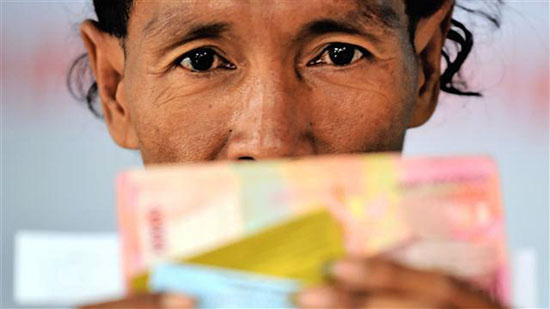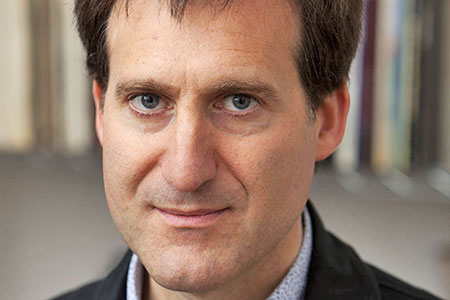There were big hopes for microfinance a decade ago. What's
your take on it?
In many ways, microfinance has been a stunning success.
In 1997, the first global count of microfinance
customers netted about 13 million borrowers. Twenty years later,
the tally found 200 million customers. If we assume that each
borrower is part of a family of five, the tally implies that 1
billion people are touched by microfinance.
The push to scale has been spectacular.
Why didn't this push solve the problems of financial
exclusion and widespread poverty?
The biggest constraint to further growth is that microfinance
remains locked into a vision in which lending is restricted to
finance for small-scale entrepreneurs.
That box traps most microlenders.
The fact is that half the world's adults - some 2.5 billion
people - lack access to basic banking services. And most of
these 2.5 billion are not small-scale entrepreneurs. They are
construction workers, shop clerks, drivers, nannies, factory
laborers and other kinds of wage earners.
Many live in cities. They have the income to be
reliable customers, and they desire loans to manage expenses,
but the microfinance sector has little to offer them.
Another share of the 2.5 billion comprises
farmers, who microlenders have largely avoided for fear of the
risks in agriculture.
When it comes to poverty reduction, the evidence shows that
access to finance alone is insufficient. There's much to learn
from microfinance, but the next steps require going beyond the
strategies that have driven its success.
People talk a lot today about the potential impact of
new technologies on helping more people get access to banking
services. Which technologies do you see as most likely to help
and why?
There are several ways that technologies are changing the
picture.
The first is radical improvements in
digital-payment technologies. This is the backbone on which
banking services can be built. In the U.S. and Europe, we hardly
give a thought to what life would be like without credit cards
and the like.
But in the developing world, the new payment
systems are disrupting traditional practices in positive ways.
They allow government transfers to go directly to recipients,
cutting corruption and leakage dramatically.
In Kenya, they're helping extended families cope
with shocks by making it much easier to send money to relatives.
Simply making it easier to move money is the fundamental step.
Second, technologies are making it easier to keep track of
people and establish identities. India's national ID card, for
example, is now making it easier to provide banking services to
millions of poor families.
The third technology is mobile banking.
The biggest story so far has been the rise of M-Pesa
in Kenya with over 12 million customers, a huge penetration rate
given the size of Kenya's population.
Even bigger stories, though, will be told about
the next innovators.
GSMA, the industry group, counts 255 mobile
money services in 89 countries. In about half of the countries,
regulation allows both banks and nonbanks to provide mobile
money services.
The latest count found just under 300 million
registered mobile money accounts in 2014, which is still a small
share of the potential market.
What's the biggest technology game changer?
It's the possibility of using "big data" from the millions of
records of mobile banking transactions to construct more
accurate profiles of customers and sharpen assessments of credit
risks.
I'm more wary than most people here, though.
Experience shows that big data models can end up including new
customers - while too quickly excluding others.
Are there any other policies that you favor that aren't being
tried? Or are there any initiatives out there not getting
publicity that you think are on the right track?
The microfinance movement got its start by turning away from
traditional brick-and-mortar bank branches.
The strategy slashed costs dramatically, and was
a triumph. We're at a point, though, when it's time to go back
to the idea of bank branches with a new mindset.
KGFS in Tamil Nadu, south India, shows what the
future holds. They created branches that deploy new technologies
to serve low-income customers, not with stripped-down products
but with a suite of suitable financial offerings. KGFS
demonstrated that it is a mistake to think that the very
cheapest option will always be most popular.
The world's unbanked seek quality too.
In that same way, consumer protection for microfinance customers
remains a priority. The "Smart Campaign" has shown how to
establish fair dispute resolution and improve the transparency
of pricing and policies.
So far, the strategy involves self-regulation,
but it can't stop there. We've seen in the U.S. that
government-backed regulation is needed to create a mature
market.
There are risks in that, but there are greater
risks in not providing consumers with basic protections.


